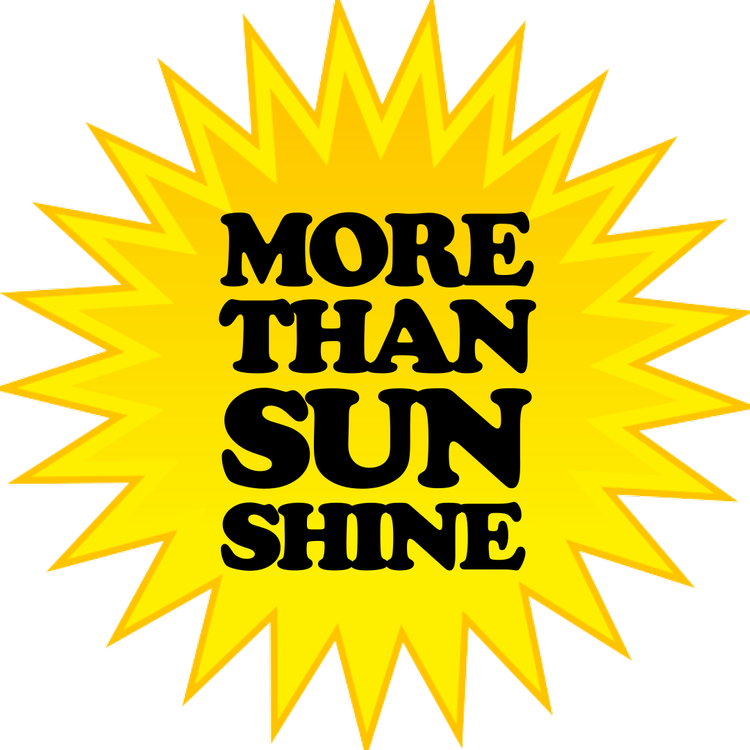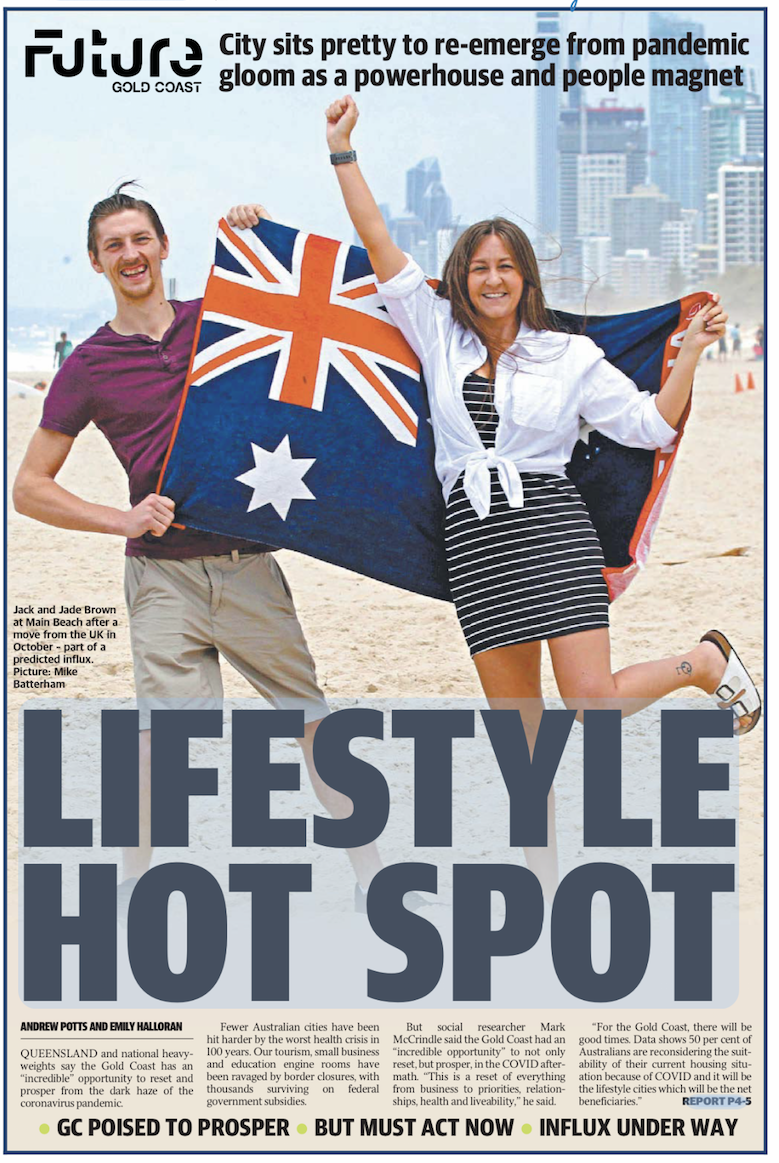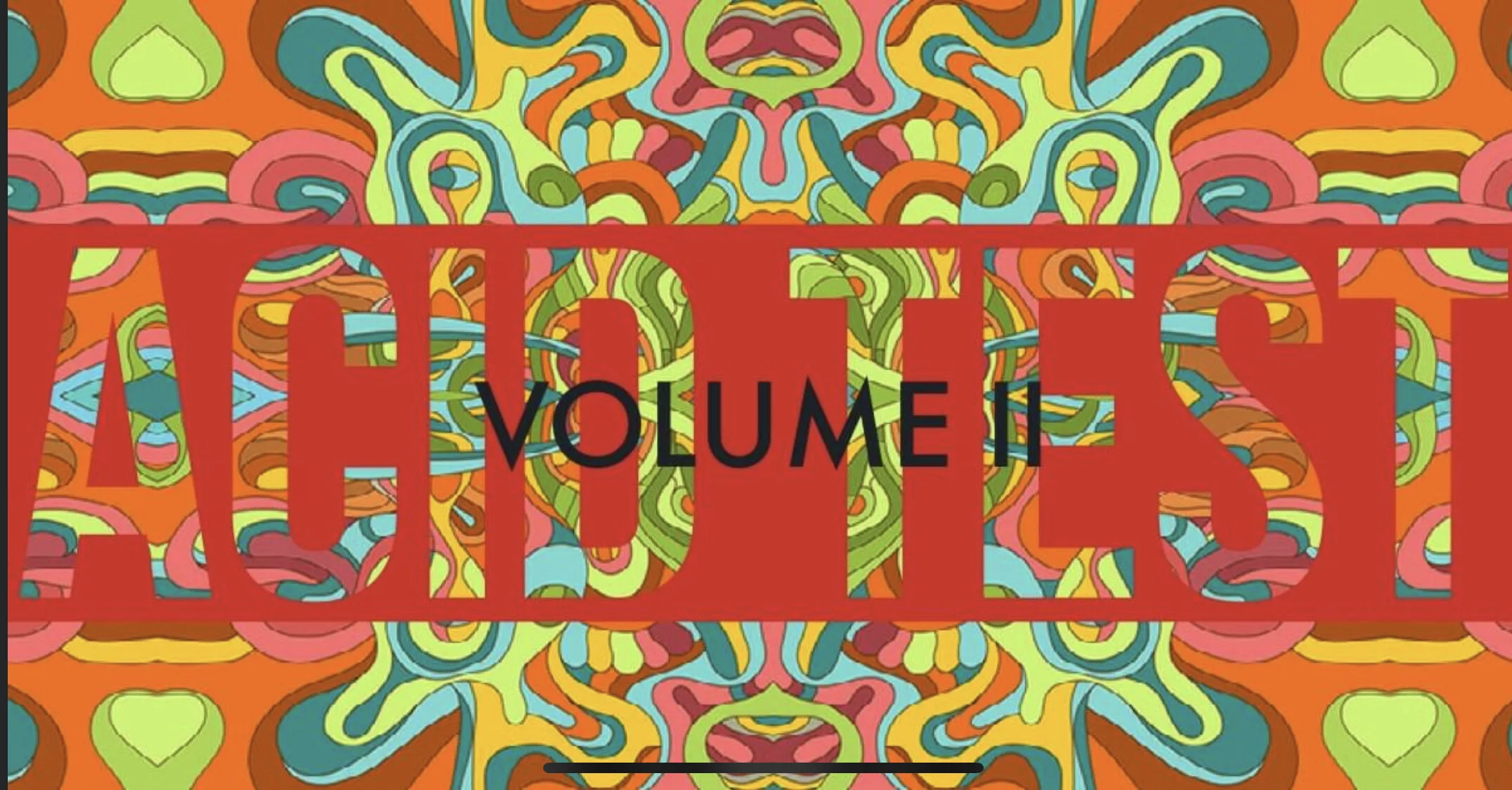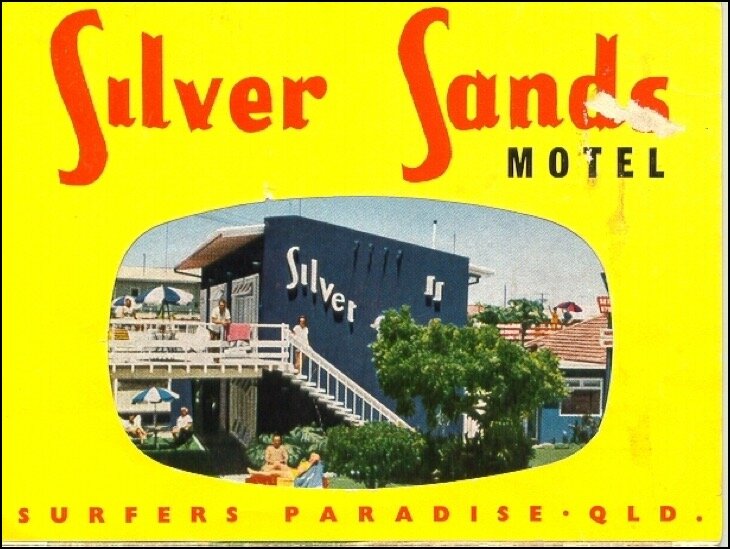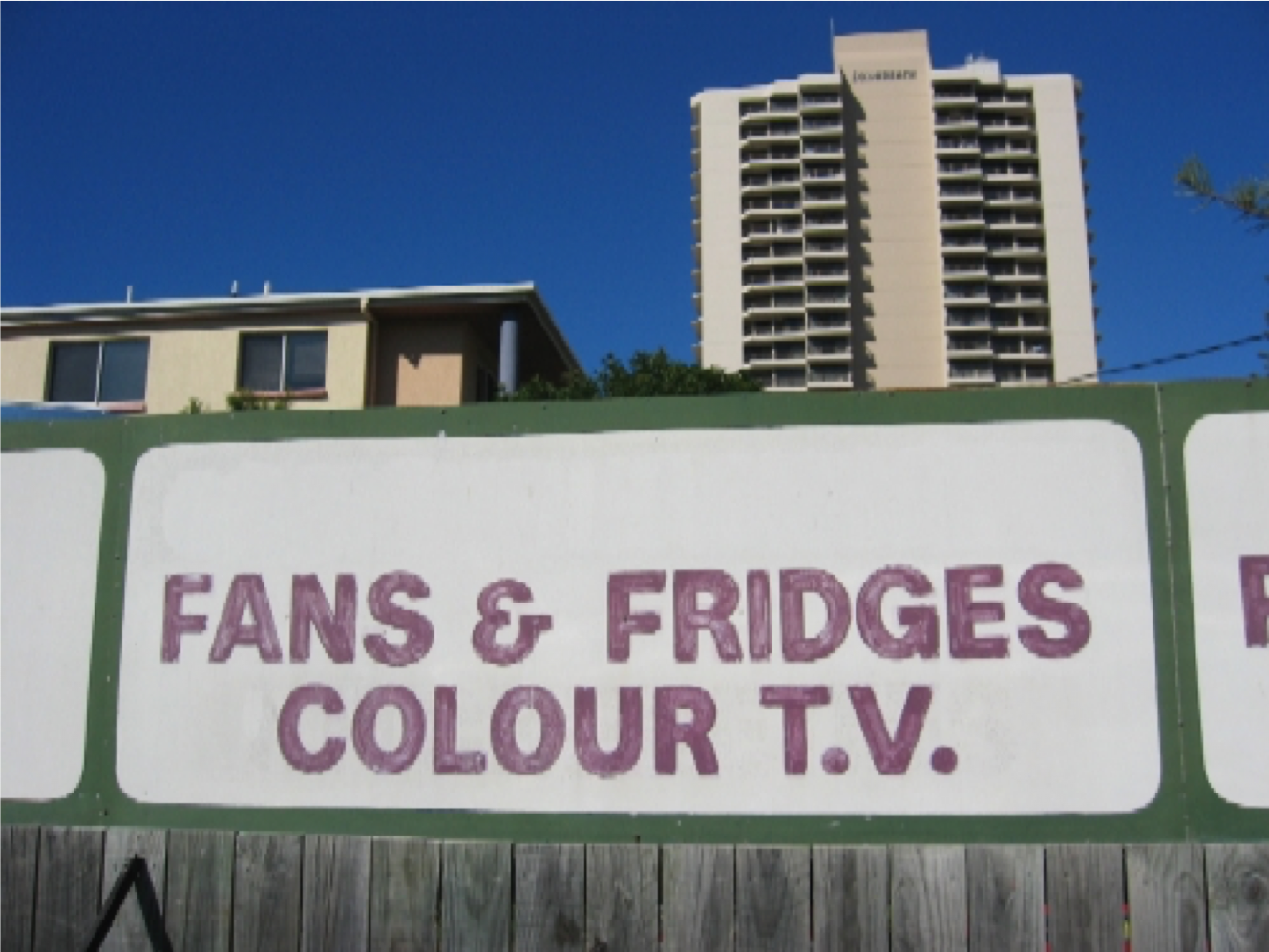SURVEY CLOSING - HAVE YOUR SAY https://gchaveyoursay.com.au/nfbb
The Gold Coast grows so fast that sometimes we are left wondering how to reconcile the changes. Yet, it remains important that we think about and engage with processes that shape the city. The community survey for this middle stretch of the Coast that I call home closes today so I dutifully responded, but there wasn’t much room to elaborate so I have jotted some additional notes below.
As a persistent badger for completion of the Gold Coast Oceanway, I note that the framework document omits to mention the Oceanway and state upfront that this beachfront path is integral and essential to transport and liveability objectives for lightrail stage 3 (GCLR3), and for the amenity and mobility within and between neighbourhoods.
My other comments are general, within seven headings intended simply to identify key issues for reference as the planning process gets underway.
Feel free to copy, adapt or contradict what I say…
PROTECT NATURAL GEOGRAPHY
Prominent geographical features – ocean beach headlands and associated ridges (Nobbys, Miami, Burleigh) are important elements of the Gold Coast’s character and natural heritage. Despite some regrettable built and approved precedents along Goodwin Terrace and Marine Parade, it is important to limit building heights and density to PROTECT (more than simply acknowledge) views to and from these features.
Plus - any opportunity to incorporate additional areas of nature conservation or scenic open space, and improve public access to these, should not be overlooked.
COMPLEMENT OCEANWAY
It was welcome news last week that the State Government will lead construction of the beachfront Oceanway, parallel to GCLR3 along Mermaid and Nobby Beach. Council works should complement and coordinate with Oceanway design and delivery.
To frame vistas and distinguish the highly urbanised coastal identity alongside this flat, mid strip of the highway, I would like to see groupings of the traditional Norfolk pines, complemented with ocean viewing platforms and plantings of casuarina, banksia and pandanus at the beach ends of east-west oriented streets.
PLANT STREET TREES
Along the Gold Coast Highway, pursue every opportunity to transform the corridor into a green, shaded, subtropical tree-lined boulevard. This really is possible with careful and intentional planning and design - like Melbourne Street in South Brisbane.
Along the east-west streets plant shade trees that will improve the pedestrian comfort and connection to the highway, and soften the appearance of the neighbourhoods which are becoming dominated by high concrete walls and garage doors.
PROMOTE MEDIUM DENSITY HOUSING
Improve housing choice by promoting well-designed, medium-density, midrise buildings. Here more than anywhere at the Gold Coast, is ideal, with flat, easy walkable topography, grid street pattern and proximity to open space and services – see my previous essay advocating for effort to promote this form of housing.
IMPROVE DIGITAL INFRASTRUCTURE
There’s little point in labouring strategies for promoting local employment in this fortuitous location. With a great living environment and fast, reliable digital infrastructure that attracts businesses and enables people to work from home, productivity will generate naturally and retail, dining and commercial services will follow.
BUILD PUBLIC CAR PARKING STATIONS
To improve access and parking availability of the retail and dining precincts, plan for future multi-level, multi-use public car parking stations, smartly designed like in Yeppoon town centre. These will also help to ease problems in surrounding residential streets where lightrail passengers park-and-ride. Obvious locations to start with are Miami North and Christine Ave which intersect with main roads and potential future bus routes heading west.
RECONSIDER GCLR3 STATION AND ROUTE LOCATIONS
The Nobby Beach station might work better further north at Wave Street. It would be useful to see and compare design options.
South of Christine Ave, I envisage the GCLR3 tracks could use the lower GC Hwy and terminate at Burleigh State School. This would leave open the possibility that stage 4 could veer west to join up with Varsity station and trains travelling north-south. It would also create public transport opportunity for people living in residential communities west of the M1 – Reedy Creek, Elanora, Mudgeeraba and beyond.
